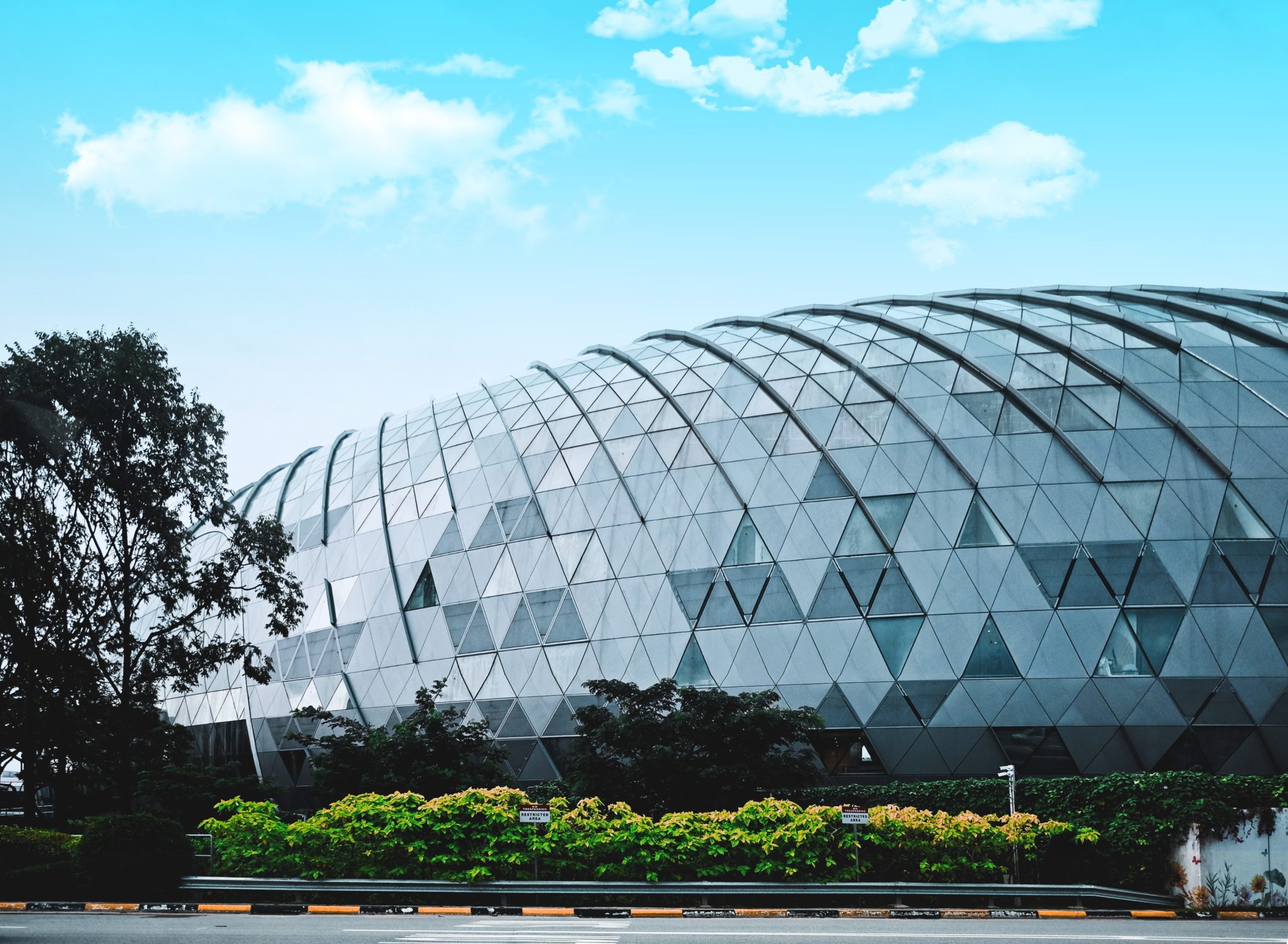Biophilia is our sense of connection with nature and with other forms of life of innate character, the passion for everything living.
The word biophilia reminds us that the best way to manage any area of human life is one that takes into account nature and the environment.
Biophilic architecture, increasingly on the rise in the search for sustainability, aims to bring nature closer to the urban environment. Through the incorporation of certain elements such as water, vegetation, natural light or wood and stone, we can improve the spaces built for a healthier and more sustainable habitability.
Building with a biophilic approach takes into account a number of characteristics:
- Optimization and organization of spaces with a human approach.
- Check the levels of thermal comfort.
- Take into account air quality, toxin levels and ventilation.
- Implement acoustic comfort in buildings.
- Design natural lighting and improve artificial lighting.
- Build by generating internal and external views of nature.
- Use natural materials, as well as textures, patterns and colors.
Biophilic design is not a contemporary invention since it is well known that most ancient civilizations were inspired by nature when building their habitats.
Many benefits of biophilic design have been shown to our health and well-being. From a reduction in stress, an improvement in cognitive functions, an increase in creativity, an acceleration of our healing from surgical interventions, an improvement in air quality, an improvement in productivity, etc.
It is a very easy way to give people the opportunity to live and work in healthy environments that encourage better health and general well-being.
As a result of the Covid 19 pandemic, the offices will no longer be what they were, as the challenges have changed. Biophilic design, implementation of the SDGs (Sustainable Development Goals) in corporate culture, humanization of organizations are some of our bets for new workspaces.
La biofilia es nuestro sentido de conexión con la naturaleza y con otras formas de vida de carácter innato, la pasión por todo lo viviente.
La palabra biofilia nos recuerda que la mejor manera de gestionar cualquier ámbito de la vida humana es aquella que tiene en cuenta a la naturaleza y al entorno.
La arquitectura biofílica, cada vez más en auge por la búsqueda de la sostenibilidad, pretende acercar la naturaleza al entorno urbano. A través de la incorporación de determinados elementos como agua, vegetación, luz natural o madera y piedra, podemos mejorar los espacios construidos para una habitabilidad más sana y sostenible.
La construcción con un enfoque biofílico tiene en cuenta una serie de características:
- Optimización y organización de espacios con un enfoque humano.
- Controlar los niveles de confort térmico.
- Tener en cuenta la calidad del aire, los niveles de toxinas y la ventilación.
- Implementar la comodidad acústica en los edificios.
- Diseñar la iluminación natural y mejorar la artificial.
- Construir generando vistas internas y externas de la naturaleza.
- Utilizar materiales naturales, así como texturas, patrones y colores.
El diseño biofílico no es ningún invento contemporáneo ya que es bien conocido como la mayor parte de las civilizaciones antiguas se inspiraban en la naturaleza a la hora de construir sus hábitats.
Se han demostrado numerosos beneficios del diseño biofílico en nuestra salud y bienestar. Desde una reducción del estrés, una mejora de las funciones cognitivas, un incremento de la creatividad, una aceleración de nuestra curación ante intervenciones quirúrgicas, una mejora de la calidad del aire, mejora de la productividad, etc.
Es una forma muy fácil de dar la oportunidad a las personas de vivir y trabajar en entornos saludables que incentivan una mejor salud y un bienestar general.
Fruto de la pandemia del Covid 19, las oficinas ya no volverán a ser lo que eran, ya que los retos han cambiado. Diseño biofílico, implantación de los ODS (Objetivos de Desarrollo Sostenible) en la cultura corporativa, humanización de las organizaciones son algunas de nuestras apuestas por los nuevos espacios de trabajo.


Leave a Reply